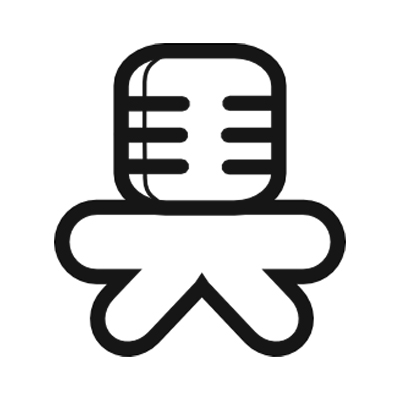WAV, standing for Waveform Audio File Format, is a digital audio file format standard for storing an audio bitstream on PCs. It was developed by Microsoft and IBM and released in 1991 as part of Windows 3.1. WAV quickly became a popular format for uncompressed audio on computers due to its simplicity and fidelity.
How WAV Files Work
A WAV file contains a header with metadata including track number, bit rate, and sample rate, followed by the raw audio data. Being uncompressed, WAV files provide high-quality sound but typically have larger file sizes compared to compressed formats like MP3 or AAC.
Software Compatibility
Widespread software support is a hallmark of the WAV format. Most media players, audio editing software, and digital audio workstations can open and process WAV files. Examples include VLC Media Player, Adobe Audition, and Pro Tools.
WAV Format Alternatives
Despite WAV's popularity, several alternatives exist, offering benefits such as smaller file sizes or different features. MP3 and AAC are common for compressed audio, FLAC offers lossless compression, and AIFF serves as a similar uncompressed format used primarily on Apple devices.


















